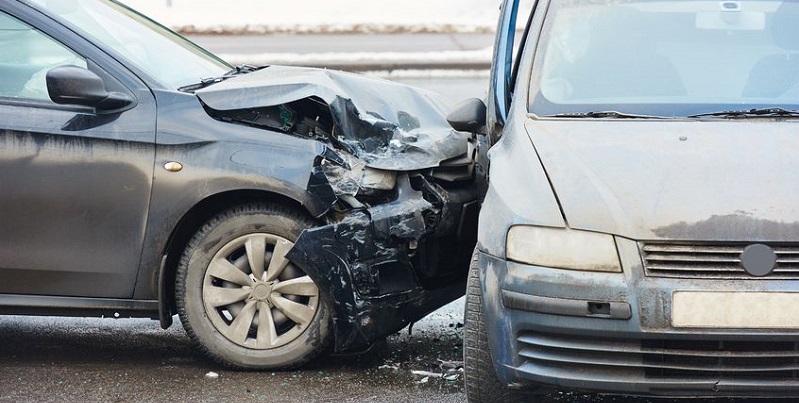The crossing and turning maneuvers happening at intersections present many opportunities for auto accidents, often involving serious injuries.
Understand the Risks of Crossing Accidents to Stay Safe
Safely navigating an intersection is one of the most complex activities that motorists, pedestrians, and cyclists must perform virtually every time they enter a roadway. According to the U.S. Department of Transportation (DOT), more than 50 percent of all motor vehicle accidents involving injuries or fatalities are connected somehow to an intersection.
An intersection — the place where two or more roads meet, cross, or converge — is the spot where vehicles and people moving in numerous directions come together, oftentimes with conflict. The crossing and turning maneuvers happening at intersections present many opportunities for vehicle-vehicle, vehicle-pedestrian, and vehicle-bicycle accidents, often involving serious injuries.
The Most Dangerous Intersections in the U.S.
Time Magazine recently examined data from the National Highway Traffic Safety Administration (NHTSA) and determined that the most dangerous intersection in the country was in Bensalem, PA, the site of seven fatal crashes from 2003 to 2012.
Colorado also has its share of deadly intersections. According to Time, the most dangerous intersection in Colorado was at MLK Jr. Boulevard and Quebec Street in Denver. A recent Denver Post report found that the intersections at Federal Boulevard and Kentucky Avenue, University Boulevard and 1st Avenue, Colorado Boulevard and 17th Avenue, and Monaco Parkway and Hampden Avenue are particularly dangerous.
Why Certain Intersections Are So Dangerous
What exactly is it about these intersections and others that make them so hazardous? Here are some common characteristics:
- High volume. The busier the intersection, the higher the propensity for danger. The higher number of drivers, vehicles, buses, trucks, bicycles, motorcycles, and pedestrians naturally provides more opportunity for accidents. More than 20,000 motorists pass through the intersection of Colorado Boulevard and 17th Avenue in Denver during rush hour.
- Poor visibility. Oncoming traffic at intersections can be obscured by a number of conditions: an overpass, structure, elevated hill, foliage, poor lighting, or foggy weather conditions. Drivers approaching intersections with such safety issues may not see hazards in time to avoid accidents.
- Lack of signage. Inadequate signage, traffic signals that aren’t functioning properly, or traffic signs and markings that are unreadable due to wear and weather conditions are more likely to lead to auto accidents since their presence requires drivers to spend additional time trying to comprehend them, taking their attention off the road.
- Absence of turning lanes. Making a turn at a busy intersection requires quick judgment and typically leaves little room for error. To cut down on accidents, busy intersections should ideally have well-marked turn lanes accompanied by lights and clear sight distance to incoming traffic to aid motorists who are attempting to turn.
- Bad drivers. An intersection is often the place where pedestrians and motorists come into contact with drivers who are in a hurry, following too closely, aggressive, careless, impatient, distracted, sleepy, driving under the influence of drugs or alcohol, or just plain unsafe. Take extra care when encountering individuals who obviously have something other than driving on their minds.
- Other factors. Some of the hazards present at intersections are unexpected: a jaywalker appears in your path, an emergency vehicle speeds through and causes panic, or a traffic light suddenly starts blinking. Expect the unexpected, and you’ll be more likely to avoid a collision at an intersection, no matter who has the right of way.
If you were involved in an accident at a dangerous intersection in Colorado and sustained serious injuries as a result, contact an experienced Colorado personal injury attorney for a free consultation.

